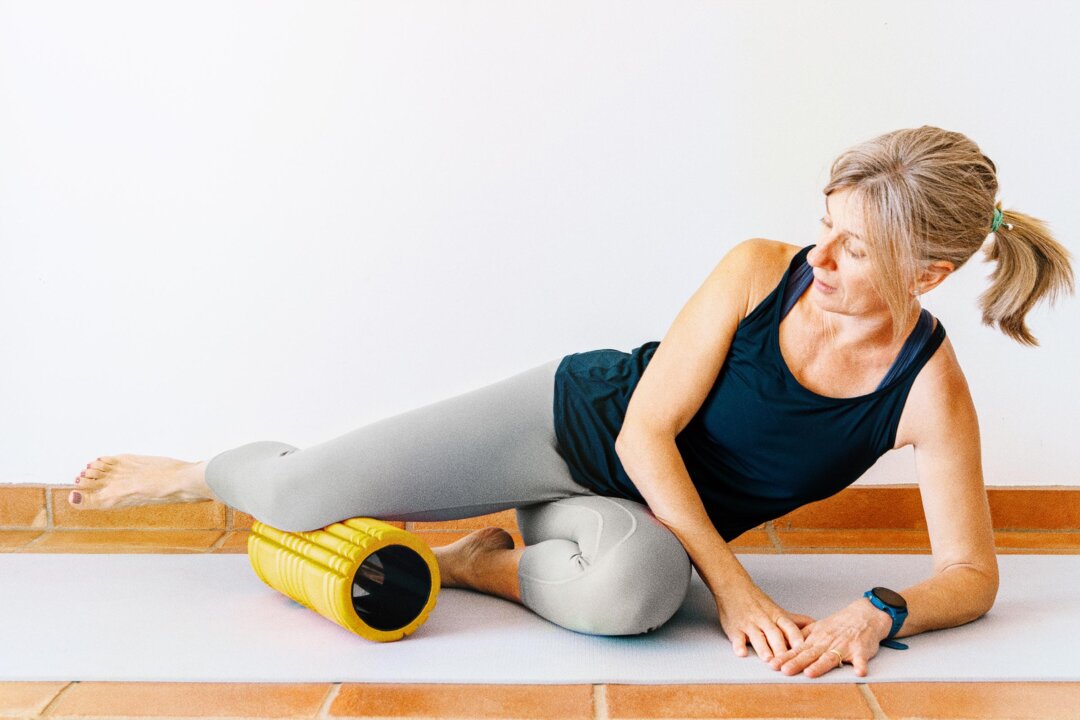Joint pain relief has shifted from traditional medical settings to accessible techniques that individuals can perform at home. According to mobility expert Juliet Starrett, the need for immediate doctor visits for joint discomfort may no longer be necessary. Starrett, who co-authored the book “Built to Move” with her husband, Kelly Starrett, emphasizes that many individuals may be misdiagnosing the source of their pain.
Patients often assume that pain in their joints is due to issues directly affecting those areas. Starrett notes that discomfort can frequently stem from related muscle groups or surrounding connective tissues. For instance, tightness in the quadriceps or hamstrings might contribute to knee pain, complicating the diagnosis.
To address this, Starrett advises using a foam roller for self-myofascial release, a technique that can improve tissue quality and flexibility. She suggests that those experiencing non-specific knee pain should take a moment to get on the floor with a foam roller. Focusing on muscles both above and below the site of pain can often yield significant relief.
Embracing Self-Care Techniques
The rise of online resources has made this approach more accessible than ever. Starrett highlights that individuals can now utilize instructional videos and content to guide their self-care routines effectively. This shift allows people to take control of their health and well-being without waiting for a professional appointment.
“Gone are the days when visiting the doctor was the only option for relief,” Starrett stated in an interview with The Epoch Times. “Now, with just a few minutes and the right techniques, anyone can address their joint discomfort at home.”
Starrett’s insights resonate with many who experience chronic pain but may feel overwhelmed by the prospect of seeking professional help. The simplicity of using a foam roller allows for quick intervention, making it easier to incorporate into one’s daily routine.
Individuals interested in exploring this method can find numerous resources online, ranging from instructional videos to articles detailing effective techniques. With just a few minutes dedicated to this practice, users can potentially alleviate discomfort and improve their overall mobility.
The emphasis on self-care represents a broader trend in health and wellness, where individuals are encouraged to take proactive steps in managing their health. As knowledge and tools become more accessible, the power to address joint pain may lie in the hands of those suffering from it.
In conclusion, Juliet Starrett advocates for a shift in how individuals perceive and manage joint pain. With the right tools and techniques, such as using a foam roller, people can find relief within minutes, transforming their approach to health and mobility.
